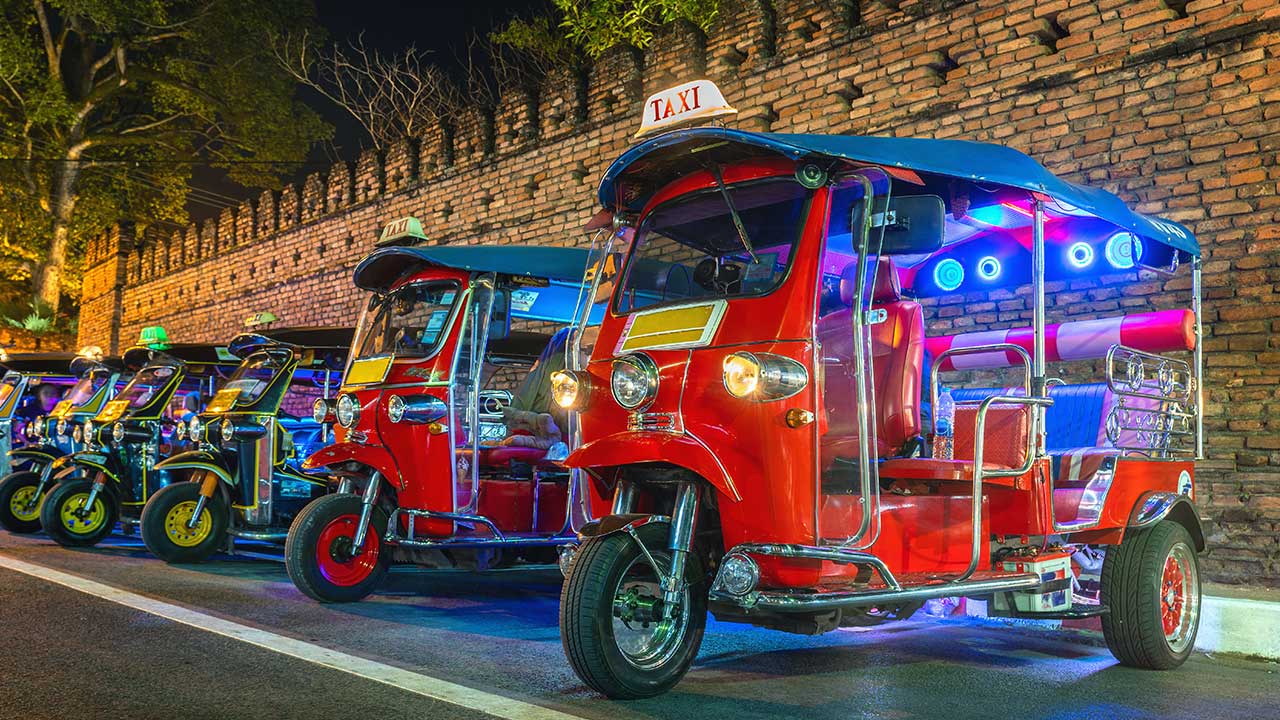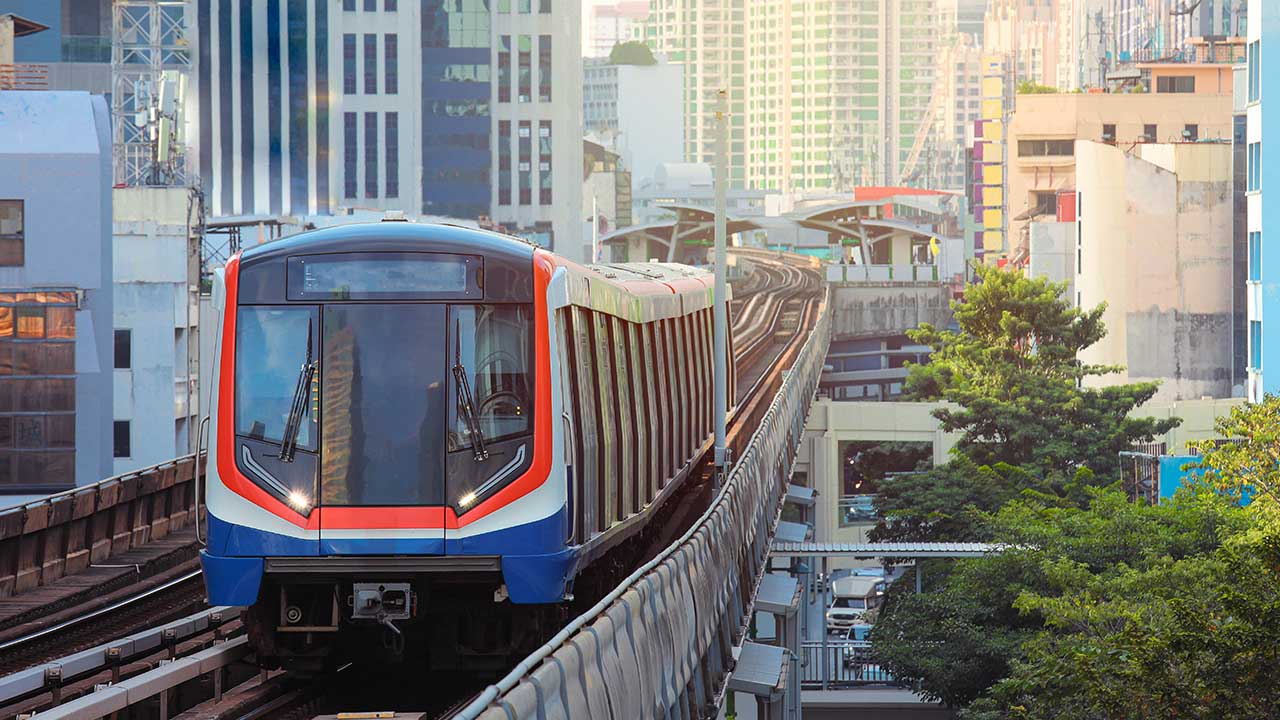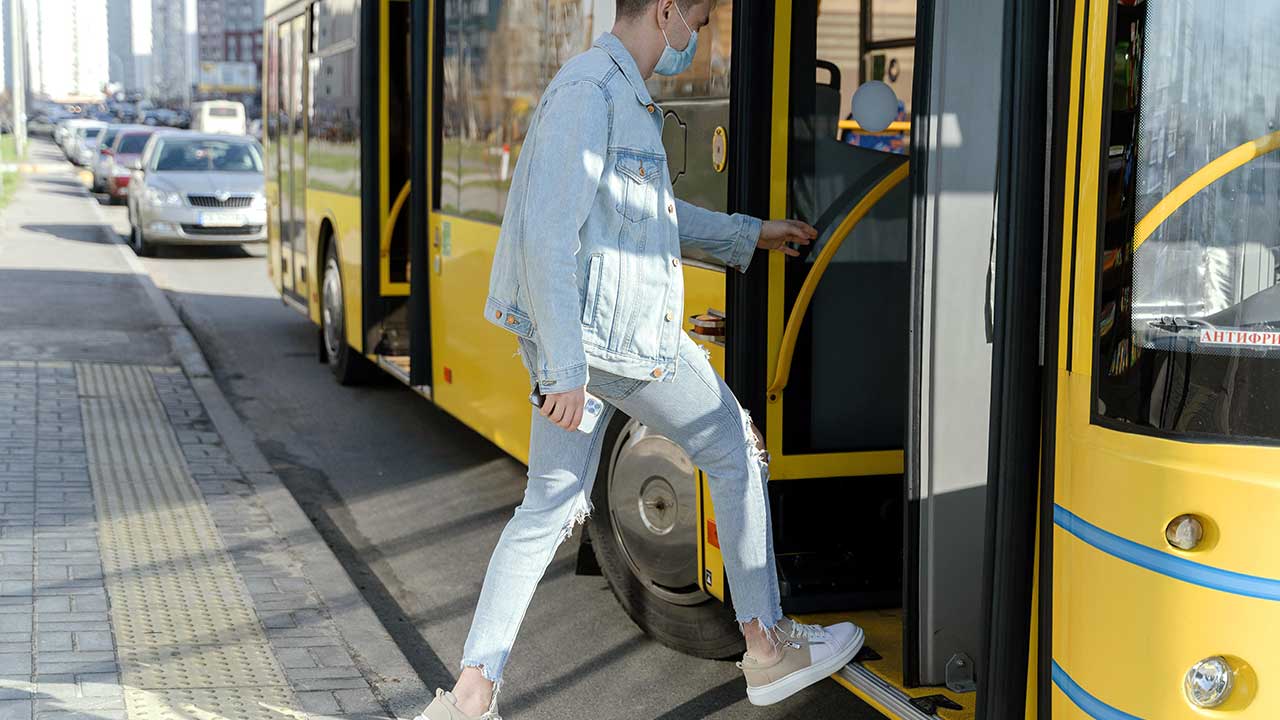
Bangkok is well-connected by rail, with trains arriving daily from cities across Thailand, including Chiang Mai, Surat Thani, Nakhon Ratchasima, and Ubon Ratchathani, as well as international routes from Malaysia and Laos. The State Railway of Thailand (SRT) operates comfortable sleeper trains, express services, and budget-friendly third-class coaches.
The main railway hub in Bangkok is Krung Thep Aphiwat Central Terminal, which replaced Hua Lamphong Station as the city's primary long-distance train station. This modern terminal serves all major routes and provides easy transfers to other parts of Bangkok via taxis, public buses, and metro services.
For those arriving from Malaysia (Butterworth or Padang Besar), the international train route offers a convenient way to enter Thailand. Likewise, the Lao-Thai Railway connects Bangkok with Vientiane via Nong Khai.
Major Train Stations in Bangkok
Bangkok has two main train stations where most travelers arrive.
1. Krung Thep Aphiwat Central Terminal (Main Railway Station)
Formerly known as Bang Sue Grand Station, Krung Thep Aphiwat Central Terminal is Bangkok’s primary railway hub for long-distance trains from Chiang Mai, Nong Khai, Surat Thani, and Hat Yai. It offers modern facilities and seamless connectivity to the MRT Blue Line (Bang Sue Station), making it easy for travelers to reach various parts of the city.
2. Hua Lamphong Station (Limited Service)
Once Bangkok’s main railway station, Hua Lamphong now operates limited short-distance routes while gradually transitioning into a heritage station. Despite reduced services, it remains a key transit point, conveniently linked to the MRT Hua Lamphong Station, allowing travelers easy access to Bangkok’s public transport network and nearby attractions.
Transportation Options from Bangkok Railway Stations
Taxis

Taxis are available outside both Bang Sue Grand Station and Hua Lamphong Station. They are a convenient option if you prefer a direct and comfortable ride. Fares start at ฿40, and trips within central Bangkok typically cost between ฿100–฿300, depending on distance and traffic conditions. Ensure the driver uses the meter or agree on a fare beforehand. Ride-hailing apps like Grab and Bolt are also available for easier booking.
Tuk-Tuks

Tuk-tuks are a popular and fun way to navigate short distances in Bangkok. They are available outside railway stations and offer a more traditional local experience. However, fares are often negotiated rather than metered. Expect to pay around ฿50–฿200, depending on the distance and your bargaining skills. Tuk-tuks are ideal for exploring nearby areas but may not be the best choice for long distances.
MRT (Bangkok Metro)

The MRT is a fast and efficient mode of transport from Bang Sue Grand Station and Hua Lamphong Station. The Bang Sue MRT Station is directly connected to Bang Sue Grand Station, providing quick access to Bangkok’s metro system. Fares range from ฿16 to ฿42, making it an affordable option. The MRT links to the BTS Skytrain at interchange stations for further travel.
BTS Skytrain

The BTS Skytrain connects various parts of Bangkok and is one of the most convenient ways to travel. While it does not have a direct station at Bang Sue Grand Station, passengers can take the MRT Blue Line to connect with the BTS system. The nearest interchange stations include Mo Chit (for the Sukhumvit Line) and Hua Lamphong (for the Silom Line). BTS fares start at ฿16 and go up to ฿60, depending on the distance.
Public Buses

Bangkok’s BMTA buses operate from both railway stations, offering an affordable way to travel. Fares range from ฿8 to ฿30, depending on the bus type and distance. However, buses can be slow due to traffic congestion, and routes can be confusing for first-time visitors. If you’re comfortable navigating local transport, buses are a budget-friendly option.
International Train Arrivals
If you're arriving from Malaysia or Laos, international trains will bring you to Bangkok.
Malaysia: The train from Padang Besar (border) connects to Bangkok via Hat Yai.
Laos: The Vientiane to Nong Khai train links to Bangkok via overnight sleeper services.
🔹 Tip: Check visa requirements for border crossings if coming from another country.
Arriving Late at Night
If you arrive late at night, taxis and ride-hailing services like Grab remain available 24/7 outside the railway stations. The MRT and BTS Skytrain stop operating by midnight, and public buses may not be frequent during late hours. It’s advisable to pre-book a taxi or use ride-hailing apps for safe and reliable transportation after midnight.
Train Ticket Booking & Costs
Where to Buy Tickets?
- Online: Book tickets through the Thai Railway Official Site or third-party platforms like 12Go Asia.
- At Stations: Purchase tickets directly from official ticket counters at major railway stations.
- Travel Agencies: Some agencies offer train tickets bundled with hotel transfers for added convenience.
Estimated Ticket Prices
- Chiang Mai → Bangkok: A train ride from Chiang Mai to Bangkok costs between THB 227 and THB 1600, depending on the class of travel. The trip takes about 10 hours and 5 minutes.
- Nong Khai (Laos border) → Bangkok: The cost of a train ride from Nong Khai to Bangkok can range from ฿208 to ฿2,350, depending on the class of travel.
- Surat Thani (Koh Samui gateway) → Bangkok: A train from Surat Thani to Bangkok costs between ฿390 and ฿2300. The trip takes about 11 hours and 59 minutes.
Nearby Areas You Can Travel to from Bangkok Railway Stations
- Sukhumvit
- Siam
- Silom
- Chatuchak
- Ratchada
- Chinatown (Yaowarat)
- Khaosan Road
- Phaya Thai
- Sathorn
- Thonglor
Travel to Other Cities in Thailand by Rail
From Bangkok, you can take trains to other major destinations in Thailand:
- Ayutthaya (1.5 hours)
- Chiang Mai (11-14 hours)
- Hua Hin (3-4 hours)
- Surat Thani (for Koh Samui, 8-9 hours)
- Hat Yai (for Malaysia, 14-16 hours)
Bang Sue Grand Station also offers high-speed rail services and cross-border train routes to neighboring countries like Laos, Malaysia, and Cambodia.
Final Travel Tips
- Book train tickets in advance, especially for sleeper services.
- Use MRT/BTS for quick city transfers to avoid traffic.
- Keep small change for bus and taxi fares.
- Confirm your arrival station, as some routes have changed to Krung Thep Aphiwat Terminal.
- Be aware of scammers near train stations—buy tickets from official counters only.
Bangkok’s railway stations are well-equipped with transportation links, making it easy to continue your journey within the city. Whether you choose taxis, tuk-tuks, the MRT, or the BTS Skytrain, you’ll find convenient options to explore Bangkok smoothly.



